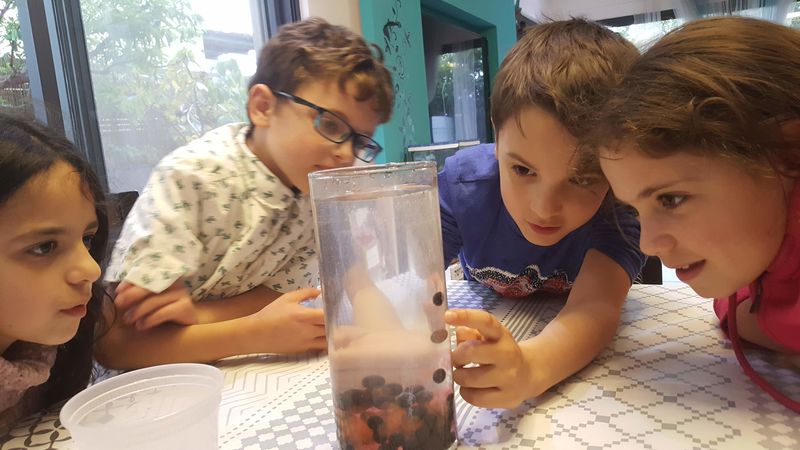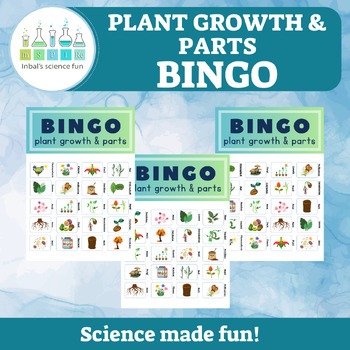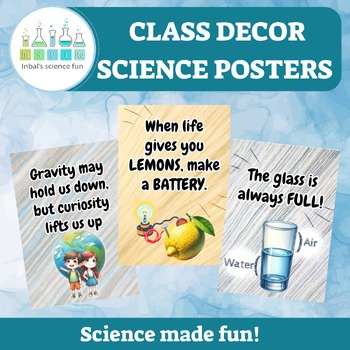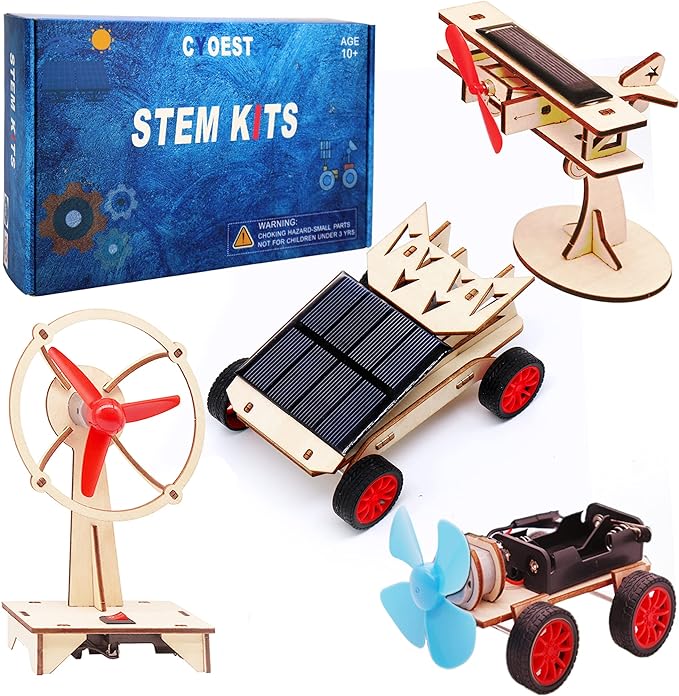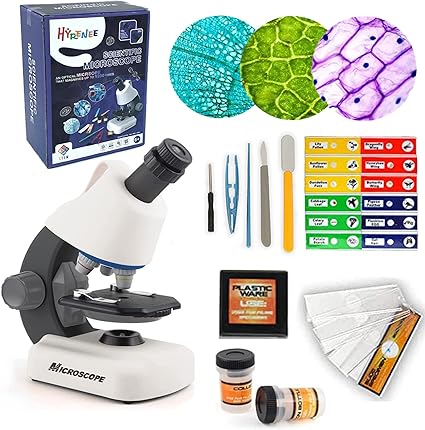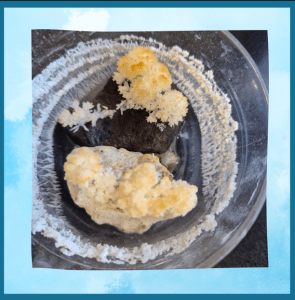How plants produce Oxygen
Lets explore how plants produce Oxygen!
Imagine you could witness one of the most important processes on Earth happening right before your eyes. A process that provides us with the oxygen we breathe and the food we eat. A process powered by the energy of the sun itself!
We’re talking about photosynthesis – the incredible ability of plants to convert sunlight, water and carbon dioxide into the nutrients they need to grow and the oxygen that sustains life on our planet.
By carefully observing a leaf submerged in water, you’ll bear witness to tiny bubbles forming and escaping from its surface. What you’re seeing is microscopic factories hard at work, transforming the ingredients of light, water and carbon dioxide into life-giving oxygen and energy-rich carbohydrates.
Materials:
– Large green leaf
– Large bowl
– Water
What to do?
- Fill the bowl with water.
- Place the leaf in the water, ensuring it is fully submerged.
- Put the bowl in direct sunlight.
- Wait and observe
Quite quickly, you should be able to see small bubbles of oxygen forming on the surface of the leaf.


How does this happen?
Plants are oxygen producers. They produce oxygen through a process called photosynthesis.
Using chlorophyll (the substance that gives plants their green color), the plant uses the sun’s energy to convert water and carbon dioxide into carbohydrates (food for the plant). The plant takes in carbon dioxide from the air and water from the soil. Oxygen is released back into the atmosphere as a byproduct of this process:
Water + Carbon Dioxide + Sunlight Energy = Carbohydrates + Oxygen
This is why plants are so vital for our survival. They take in the greenhouse gas carbon dioxide and convert it into the oxygen we need to breathe, while also producing carbohydrates to feed themselves and other animals that eat plants. Note that this process requires sunlight; without it, photosynthesis cannot occur.
If we observe the submerged leaf closely, we can see gas bubbles forming on its surface. The gas we see is the oxygen being released during photosynthesis. The oxygen is expelled through tiny pores on the leaf called stomata, which also allow carbon dioxide to enter. The longer we wait, the more bubbles we will observe forming. This is the gas exchange process in action.ש
Looking for more science experiments for kids? Check out
We’d love to showcase your creativity!
Share pictures of your experiments with us, and together, we can inspire young scientists everywhere!
